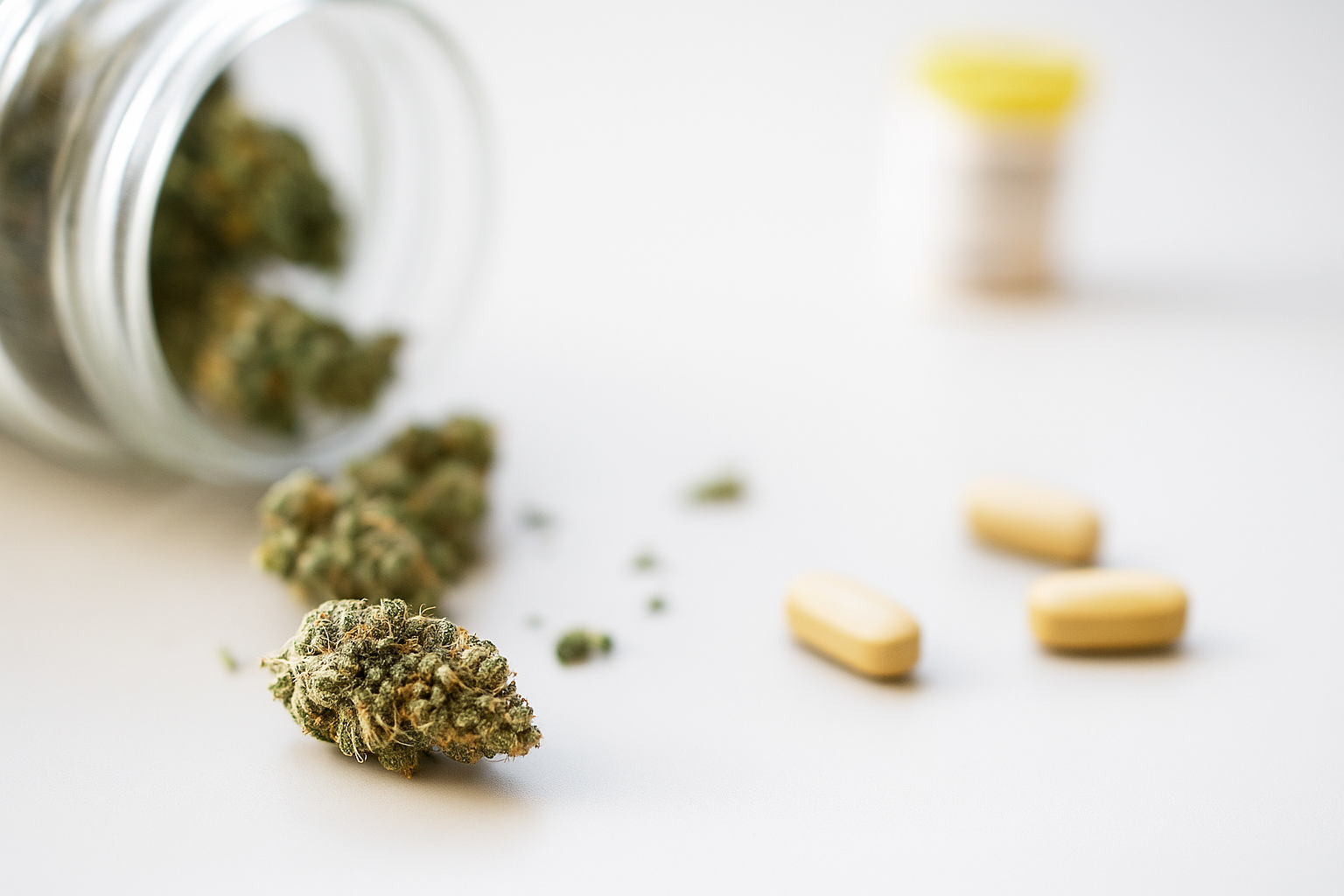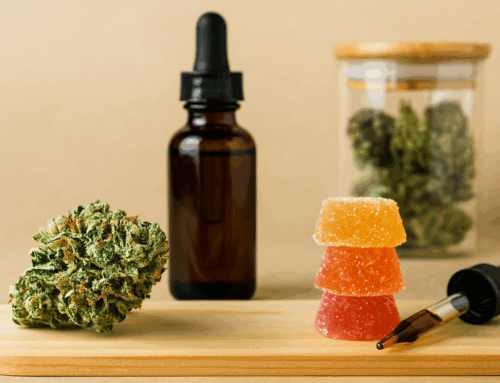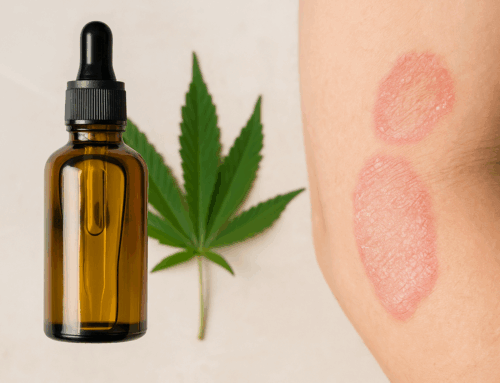Cannabis has changed a lot since people used to brush it off as nothing more than a way to get high. These days, it gets more respect for what it can do in terms of helping with health issues. Things like ongoing pain that won’t quit, trouble sleeping through the night, seizures from epilepsy, or constant worry and anxiety push folks to try it out. That happens especially when the usual treatments just do not cut it. Trends toward making it legal all over the world keep ramping up the curiosity and making it more accepted in general.
Even with all that positive buzz building up, people sometimes forget to keep things balanced in how they look at it.
Studies point out clear benefits from cannabis when it comes to treating various medical problems. Still, like anything else that affects both the body and the mind, it comes with certain dangers tied to how it is used. Getting a full picture means paying attention to the upsides along with the downsides. Jumping in without much thought or knowledge could end up causing problems that go way past any short-term ease it might bring.
The aim here is to open up the conversation a bit more. To look at potential side effects, along with some lesser-known risks like Cannabinoid Hyperemesis Syndrome, effects on how the brain works over time, and key ways to cut down on harm before getting involved with cannabis.
The Established Advantages of Cannabis Gain Credibility
Understanding the benefits of cannabis comes first before looking at any risks. People often turn to it for particular needs. It helps manage chronic pain or neuropathic pain. The plant also eases symptoms of stress, anxiety, or even posttraumatic stress disorder. Those dealing with insomnia find that it leads to better sleep. Cancer patients or ones with HIV see improved appetite from its use. Studies indicate it reduces seizures in epilepsy and helps with various neurological conditions.
The body’s endocannabinoid system plays a key role in regulating mood, memory, pain levels, inflammation, and similar functions. When used properly with the right doses, it can make everyday life much better in noticeable ways.
Even with all the good reports, risks cannot be completely ruled out.
Potential Immediate Impacts: Variations in Individual Responses
Cannabis influence differs substantially across users. Relaxation and elevation occur for some. Others encounter discomforting responses.
Immediate effects often encompass anxiety or paranoia. Memory challenges arise, along with brief disorientation. Dry mouth and reddened eyes appear common. Heart rate accelerates. Coordination falters, reflexes slow. Concentration becomes harder.
Such reactions generally subside after intoxication fades. Their significance persists, particularly in scenarios demanding judgment, employment, or vehicle operation. Cannabis diminishes response speed and decision quality. Perceived alertness does not guarantee peak performance or safety.
Extended Hazards Insights from Investigations
Occasional use among adults presents a lower long-term damage probability. Frequent or intense patterns, particularly if initiated during youth, warrant scrutiny.
Dependence Potential Emerges
Descriptions often label cannabis as nonaddictive. Dependence can nevertheless develop.
Daily prolonged engagement might produce cravings. Irritability surfaces, and mood fluctuates without it. Sleep quality declines, and appetite wanes in withdrawal phases. Efforts to limit intake falter despite intentions.
Escalating requirements for normalcy signal emerging dependence. Recovery remains feasible, more so than with certain other agents. Support or prompt recognition aids greatly.
Cognitive and Memory Concerns
Adolescent and young adult brains remain in development, heightening sensitivity to cannabis. Intense use in these stages could impair memory development. Attention duration shortens. Motivation decreases. Decision processes suffer.
Postcessation improvements occur in some instances. Persistence varies with usage extent and vigor. Adult risks appear reduced. Monitoring holds value if daily routines form.
Respiratory Implications
Cannabis inhalation differs from tobacco use. Inhaled heat still impacts pulmonary tissue over time. Coughing endures. Mucus increases. Throat and airway irritation build.
Edibles or tinctures offer alternatives, mitigating lung exposure. Dosage precision challenges accompany them.
Psychological Factors
Those with psychosis or schizophrenia in self or their families show elevated vulnerability to hallucinatory symptoms. High tetrahydrocannabinol varieties heighten this. Causation does not follow directly. Predisposed individuals face exacerbation risks.
Personal psychological background informs prudent selections.
Cannabinoid Hyperemesis Syndrome: An Unanticipated Reversal
A rising yet obscure issue tied to prolonged heavy cannabis exposure. Cannabinoid Hyperemesis Syndrome manifests distinctly.
Nausea recurs often. Vomiting repeats. Abdominal cramps intensify severely.
Paradox arises since cannabis typically counters nausea. Here, the response inverts. Compulsive hot bathing eases symptoms temporarily. Many report reliance on showers for respite.
Misdiagnosis occurs frequently. Reluctance to disclose cannabis involvement contributes. Resolution demands cessation, a step users commonly resist.
Early recognition curbs advancement to acute medical needs.
Impairment in Operation Driving and Security Realities
Perceptions of enhanced focus under cannabis persist for some. Studies contradict this consistently. Coordination declines. Reflexes lag. Object tracking proves difficult. Depth judgment weakens.
Accident probabilities rise accordingly. Residual impairment lingers even without overt intoxication sensation.
Prudent practice excludes vehicle or equipment handling during influence periods.
Potency Escalation Contemporary Cannabis Differs Markedly
Products from past eras pale against current offerings. Cultivation selections and extractions elevate tetrahydrocannabinol concentrations substantially.
Earlier varieties hovered at four to five percent tetrahydrocannabinol. Today’s strains reach fifteen to thirty-five percent routinely. Concentrates such as dabs or oils surpass eighty to ninety percent.
Elevated strength correlates with heightened anxiety episodes. Panic intensifies. Dependence strengthens. Disorientation grows. Syndrome initiation accelerates.
Novices err in assuming uniformity across products. Such assumptions underlie numerous adverse encounters.
Differential Responses Across Individuals
Physiological reactions vary broadly. Influences stem from genetics. Usage patterns matter. Age and neural maturation play roles. Tetrahydrocannabinol to cannabidiol proportions affect outcomes. Mindset and surroundings shape experiences. Preexisting psychological states intervene.
Cannabidiol dominant options temper psychoactive potency. Product awareness underpins safety measures.
Approaches to Minimize Harm: Strategies for Measured Engagement
Extremes of total abstention or unchecked intake need not define choices. Harm reduction facilitates benefit retention alongside risk diminishment.
Low initial dosages suit beginners. Edibles delay onset beyond one hour. Frequent, intense sessions warrant pauses. Neural recovery benefits from intervals. Laboratory verification ensures contaminant absence in selections. Alcohol or additional substances introduce unpredictability when combined. Psychological monitoring detects aggravations in anxiety or mood. Cessation follows if needed. Pregnancy or lactation periods demand avoidance. Fetal neural growth faces potential threats. Presence in safe contexts avoids hazard exposure during effects.
Knowledge empowers rather than confines responsible patterns.
Dispelling Stigma Through Informed Dialogue
Cannabis discourse often divides sharply. Portrayals swing between dire threats and flawless remedies.
Equilibrium captures reality more accurately.
Appreciation and gains coexist with recognized limitations. Educational focus supplants bias. Help-seeking increases when unhealthy patterns emerge.
Open risk acknowledgment supports well-being, not opposition to cannabis.
Conclusion
For many people, cannabis seems like a way to heal. It offers comfort by helping with sleep and reducing pain. It can also bring some emotional balance during tough times in life. The thing is, that same strength in cannabis calls for real respect. Any relief we get should not harm our long-term health.
Problems arise from misuse or not understanding it well. Overreliance might turn cannabis into something that causes physical stress or mental issues. Responsible use focuses on protecting yourself. It involves awareness and respect for your own limits.
You need to know what you are using. Pay attention to how your body reacts. Decide when to stop or change things up. These steps show basic care for yourself. Being mindful of cannabis boosts the good effects. It cuts down on possible downsides. Consumption becomes a deliberate choice, not just a habit to escape reality.
In the end, cannabis serves best as a tool for support. It is not a fix for every problem. Informed choices matter a lot. Stay aware of shifts in mood or health. Get advice if something feels off. Keep a balance in how often you use it and the amount. This way, cannabis can add real value to daily life.
Using it thoughtfully lets cannabis give its best. It helps people live more comfortably. It also encourages more conscious living.





